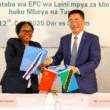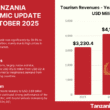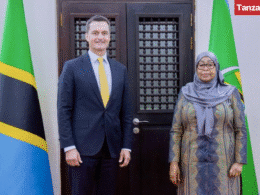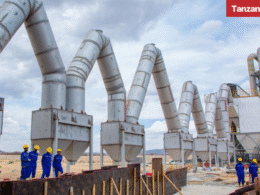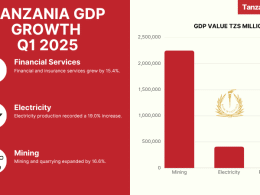Barrick Gold Corporation (NYSE:GOLD)(TSX:ABX) recently releases its results for Q2 2022, indicating a gold production for the quarter higher than Q1 at 1.04 million ounces-driven mainly by the Carlin and Turquoise Ridge mines in Nevada, Veladero in Argentina, and Bulyanhulu and North Mara in Tanzania.
Commenting on the results in Tanzania, Barrick’s President and Chief Executive Mark Bristow said: “[Bulyanhulu and North Mara] are well placed to deliver their annual production guidance and have the potential to achieve a combined Tier One status in Barrick’s portfolio, meaning that they are capable of producing at least 500,000 ounces of gold annually for more than 10 years at the lower end of the cost spectrum as a combined complex.”
According to Barrick, a Tier One Gold Asset is an asset with a reserve potential to deliver a minimum 10-year life, annual production of at least 500,000 ounces of gold, and total cash costs per ounce over the mine life in the lower half of the industry cost curve.
Bulyanhulu and North Mara Gold Mines
Bulyanhulu is a narrow-vein gold mine containing gold, silver, and copper mineralization in sulfides with 2.5 million ounces of proven and probable gold reserves, while North Mara gold mine has 2.8 million ounces of proven and probable gold reserves.
Barrick took control of North Mara and Bulyanhulu in September 2019, with a total in-country investment of USD 1.995 billion.
“When we took over these mines they were a moribund burden on the government and their investors. In a very short time, we redesigned and re-engineered them, creating what are in effect two new mines,” Bristow commented.
The company is continuing to replace resources depleted by mining and is targeting new opportunities as well, increasing its footprint around Bulyanhulu through the acquisition of six highly prospective licenses. It is also updating the geological models in the North Mara region and identifying potential targets elsewhere in Tanzania.

